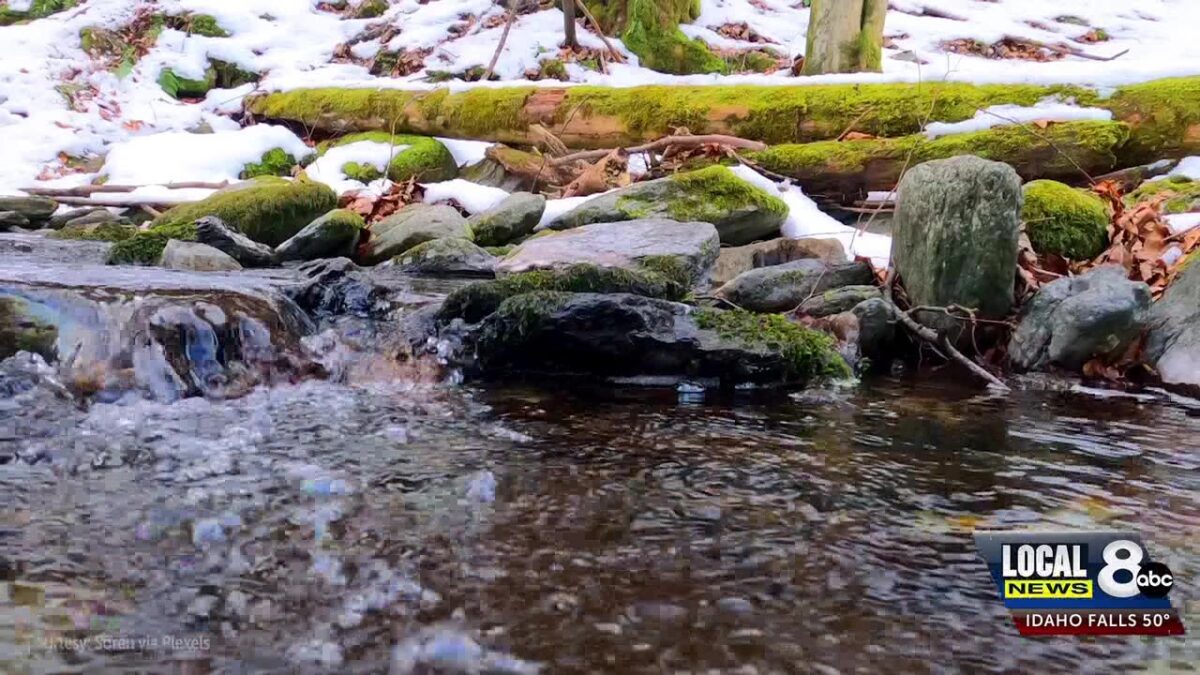State and local leaders head to D.C. to push for federal funding to solve Idaho’s water troubles

Seth Ratliff
IDAHO FALLS, Idaho (KIFI) — A delegation of Idaho state representatives, city leaders, and farmers is traveling to Washington, D.C. next week, hoping to secure crucial federal funding for new water storage projects, including the potential rebuilding of the Teton Dam, in an effort to combat the state’s ongoing water troubles.
The need for Federal Support
The trip comes on the heels of Senate Joint Memorial 101, a measure that strongly encourages state and federal officials to explore and fund water storage projects across the Gem State and reverse the rapid decline of the Eastern Snake Plain Aquifer.
On Monday, Nov. 17, the group of nearly 20 Idahoans, including State Senator Kevin Cook and State Representative Ben Fuhriman, plans to meet with Idaho’s Congressional delegation—Congressmen Mike Simpson and Russ Fulcher, along with Senators Mike Crapo and Jim Risch—to discuss the need for federal support for new water storage infrastructure.
Senator Cook emphasized that while SJM 101 unanimously passed the Idaho House and Senate earlier this year, it lacks teeth without federal support. “There’s no law. It is a strong encouragement to the state and federal officials to do something,” Cook stated, stressing how crucial support from Idaho’s representatives is. He explains the memorial specifically asks officials to utilize existing plans for reservoirs and dams and “get moving forward… because we can’t exist where we’re at.”
Looking back at the 2024 Curtailment
 Curtailment Order, 2024
Curtailment Order, 2024
The move is fueled by the 2024 curtailment crisis that threatened Idaho’s agricultural industry. While farmers, supported by Idaho Governor Brad Little and Lt. Governor Scott Bedke, spearheaded a new water use agreement—requiring groundwater users to supply 205,000 acre-feet of recharge for the aquifer— Cook says it pales in comparison to the estimated 1.4 to 2 million acre-feet of water that leaves the state during spring runoff.
Drawing on his experience growing up on a farm in Utah, Cook stressed how important it is to capture, use, and save all the water you can.
“When we had drought and the water was really not good, the snowpack was low. We just had this little stream coming down the river. And so we worked very, very hard to capture every drop,” said Cook.
Potentially Rebuilding the Teton Dam
One of the main proposals of SJM 101 is the reconstruction of the Teton Dam, nearly 50 years after its catastrophic failure in 1976. The original collapse killed 11 people and an estimated 16,000 livestock, devastating parts of Madison and Fremont counties and further south.
 Teton Dam failure, 1976 (KIFI)
Teton Dam failure, 1976 (KIFI)
Rexburg Mayor Jerry Merrill, who is set to join the delegation on its trip to D.C., is a vocal advocate for the rebuild, pointing to the area’s massive population growth. Since the dam collapsed in 1976, the population of Rexburg alone has grown from around 3,000-4,000 to over 40,000.
Mayor Merrill tells us that if the dam was needed for water storage 50 years ago, that need has only become more obvious today.
“We still need water storage. We still need more recreation areas. We need flood control. We need power generation,” Mayor Merrill said. He acknowledged the community’s lingering “trepidation” but assured that any rebuild would prioritize safety: “We, of course, want to be sensitive to that and address that and make sure that… the engineering is done correctly and the construction is done correctly.”
Ahead of the D.C. trip, the delegation is collecting signatures from Idahoans, petitioning their federal representatives to actively support and fund the proposed storage projects. For more information or to sign the petition, click HERE.